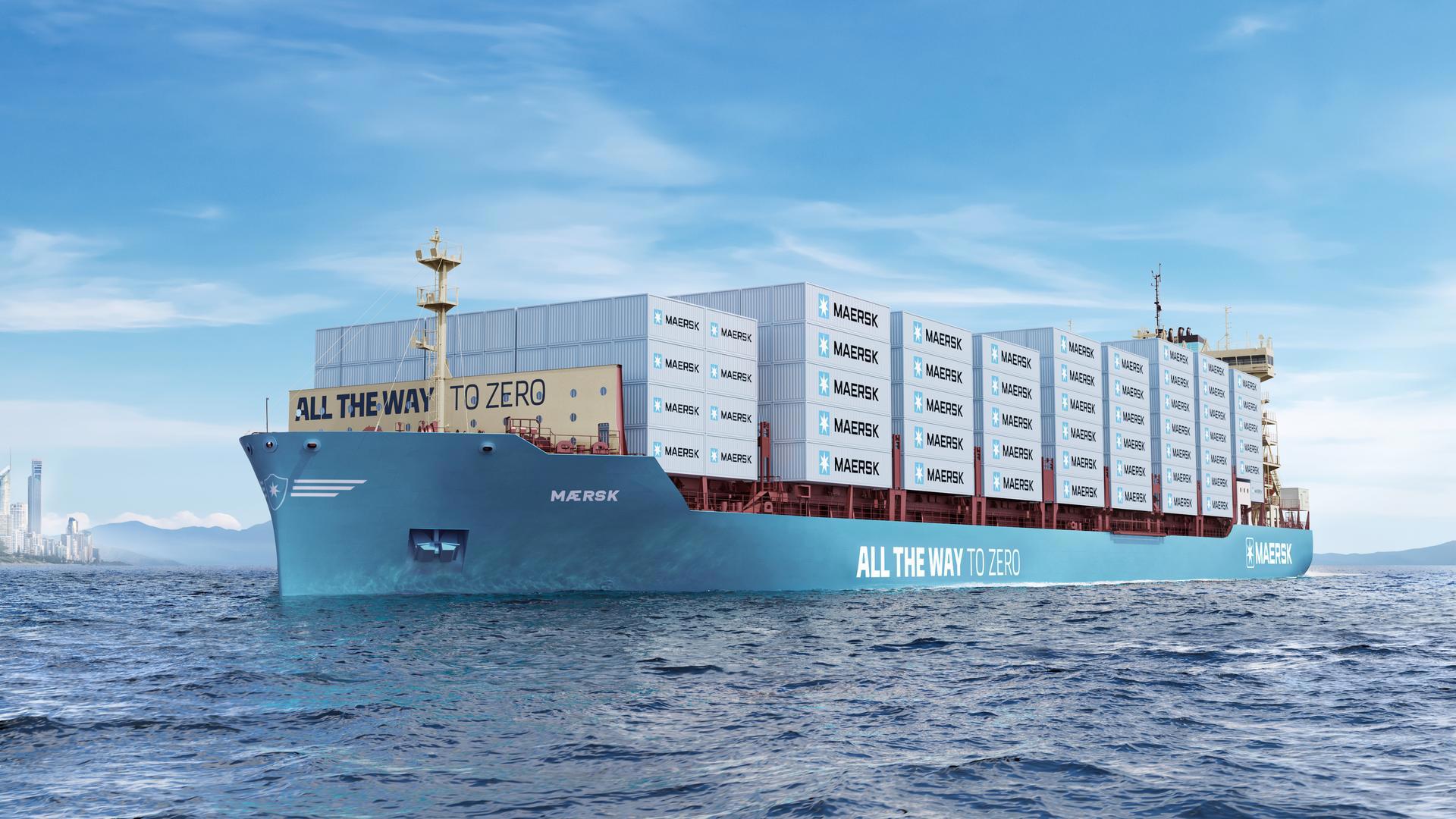By investing in upgrading our data, using blockchain and designing with 3D technology, we can reduce samples and work with our supply chain partners to create transparency and traceability.
Traceability solutions are needed to get validation of information and ensure compliance with expected EU requirements for digital product passports.
Getting full traceability and transparency in global apparel and footwear supply chains is, however, a significant industry challenge due to the complexities of the different tiers. We've started with our Public Factory Lists, and we focus on industry collaboration to improve our systems for tracking and communicating knowledge and data.
Following on from a close collaboration on several successful pilot projects, BESTSELLER has expanded its partnership with innovator TextileGenesis to trace man-made cellulosic fibres and direct-to-farm cotton throughout BESTSELLER’s supply chain. Specifically, we will in 2022 trace the fibres in approximately 25 million pieces of garments from raw material to end product.
Historically, the process to design clothes and accessories in the fashion industry has relied exclusively on physical materials.
Following the digital revolution, the latest 3D technology provides the fashion industry with opportunities to design styles using 3D software to significantly reduce the need for physical samples across the whole industry.
By working together with our supply chain partners to develop 3D style creation we can make the design process much more efficient, reducing design lead-times by up to 50 percent.








